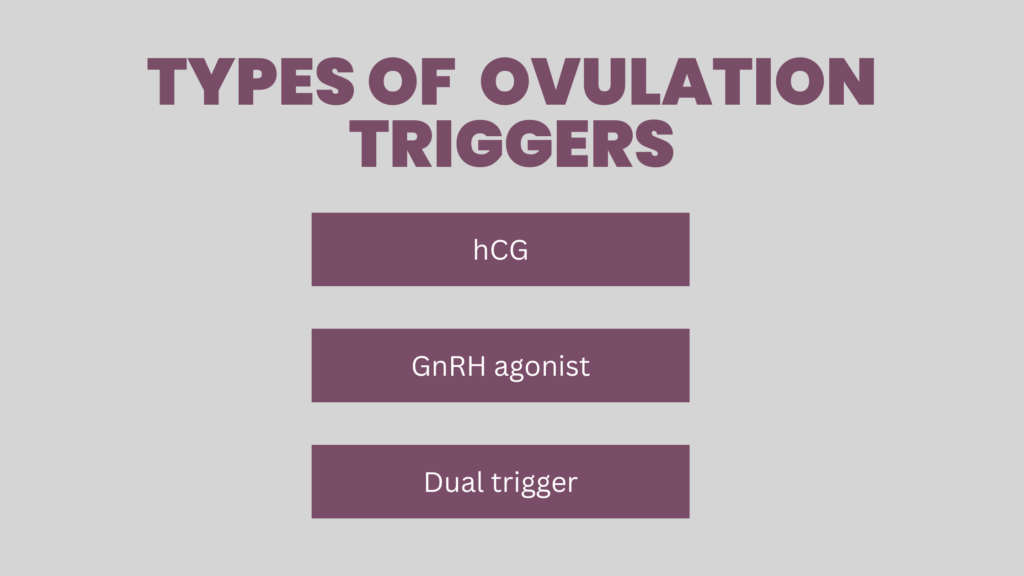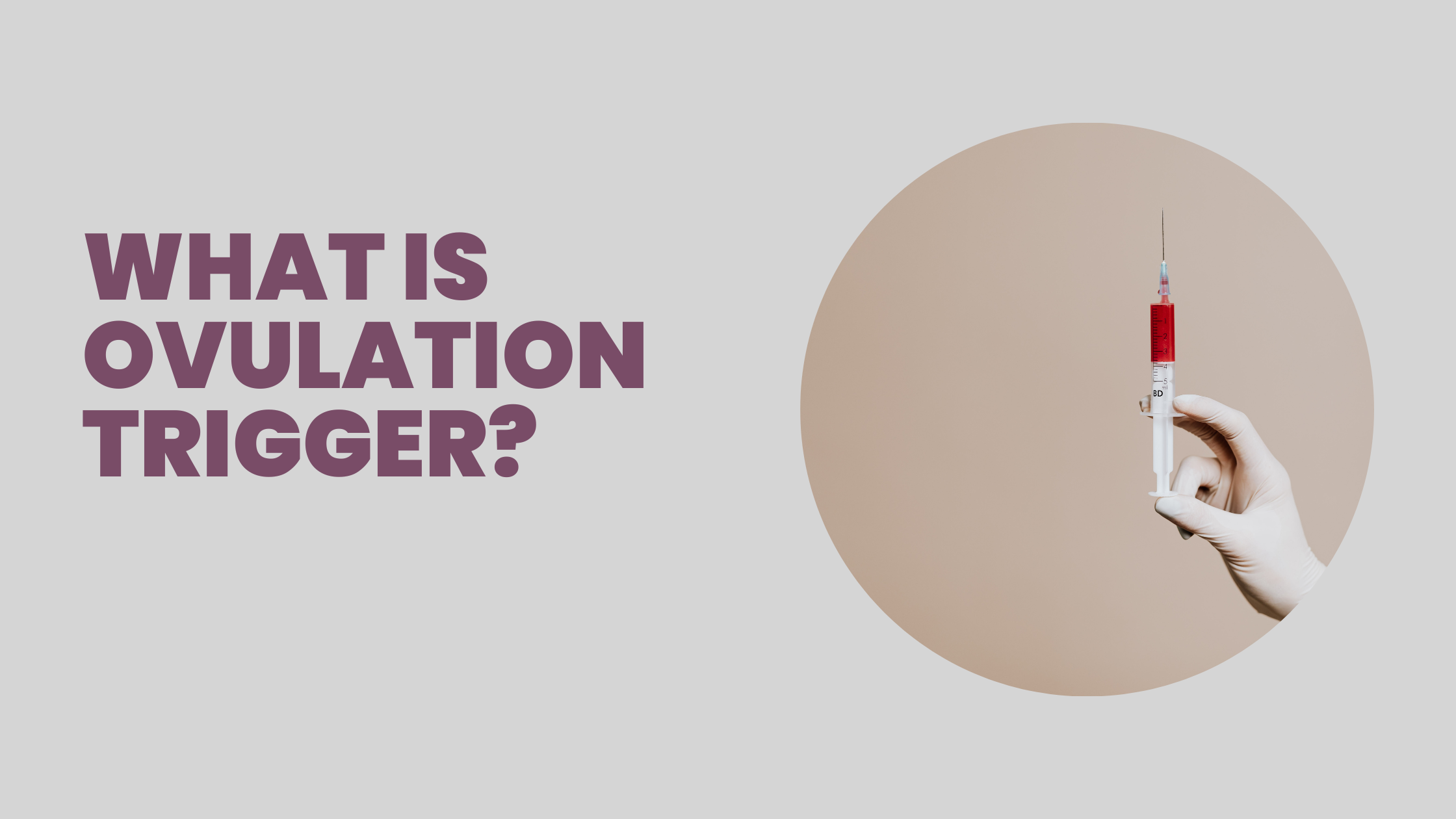Ovulation triggers do exactly as it says on the tin: trigger or kickstart ovulation, which is when an egg is released from the ovary.
Naturally, Leutenizing Hormone, or LH does the trick.
But ever wondered how fertility specialists manage to retrieve multiple eggs during non-natural treatment such as In vitro fertilization with such precise timing?
The secret lies in something called an “ovulation trigger” – but this time, it’s not LH. It’s about other hormones or formulations that replace it and do the work!
Curious? Let’s dive in!
Table of Contents
- What is an ovulation trigger?
- How does it work?
- How does a trigger shot help?
- What are the types of ovulation triggers?
What Is an Ovulation Trigger?
Think of an ovulation trigger as nature’s “ready, set, go!” signal for egg release. In a natural cycle, your body orchestrates this beautifully on its own.
But during fertility treatments, doctors need to take control of this process – kind of like being the conductor of a complex hormonal orchestra.
The trigger shot is essentially the grand finale of your stimulation phase, given approximately 36 hours before egg retrieval. It’s the final push that tells your eggs, “Time to pack your bags and get ready for the big move!”
How Does an Ovulation Trigger Work?
Let’s break down the natural way first. In a natural cycle, when your egg-containing follicle reaches about 16-20mm in size, it produces enough estrogen to signal your brain to release a surge of luteinizing hormone (LH). This LH surge is like a wake-up call for your eggs, telling them to complete their final maturation process.
During IVF or reproductive treatments, the trigger shot, which is synthetic, mimics this natural LH surge. It’s like sending a group text to all your developing follicles saying, “Party at the retrieval room in 36 hours – be there or be square!”
This ensures that as many eggs as possible are mature and ready for retrieval at the right time.
How Does a Trigger Shot Help?
The trigger shot helps in several ways:
1. It helps doctors precisely time egg retrieval – no more guessing games about when ovulation might occur
2. It ensures eggs complete their final maturation process, making them ready for fertilization
3. It allows for the collection of multiple mature eggs in one go (during IVF)
4. It helps synchronize the whole process, making the timing of fertilization and transfer more precise
What are the Types of Ovulation Triggers?

1. hCG Trigger
Human Chorionic Gonadotropin (hCG) has been the traditional go-to trigger for years.
Think of it as the reliable old blueprint – it gets the job done and has a proven track record. However, it can sometimes be a bit too powerful for its own good, potentially leading to ovarian hyperstimulation syndrome (OHSS) in some patients.
2. GnRH Agonist
GnRH agonist triggers are a level up from the hCG trigger, being potentially safer for certain patients.
They’re particularly useful for women at high risk of OHSS, as they’re less likely to cause this unwanted side effect. However, they need some extra support (in the form of hormones) after egg retrieval to maintain the right environment for pregnancy.
3. Dual Trigger
Sometimes, doctors recommend using both triggers together. This approach combines the benefits of both triggers while potentially reducing their individual drawbacks. It’s particularly useful in certain situations where maximum egg maturity is crucial.
The Bottom Line
Ovulation triggers are a crucial tool in the fertility treatment toolbox.
While they might sound a bit intimidating at first (who wouldn’t be nervous about a shot that controls egg release?), they’re actually quite straightforward and have been used successfully for decades.
The choice of trigger depends on various factors including your response to stimulation, risk factors, and specific treatment protocol.
Your fertility specialist will help you choose the right option for your situation – whether it’s the reliable old hCG, the newer GnRH agonist, a combination approach, or potentially even newer options in the future.
